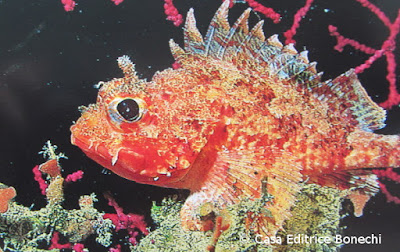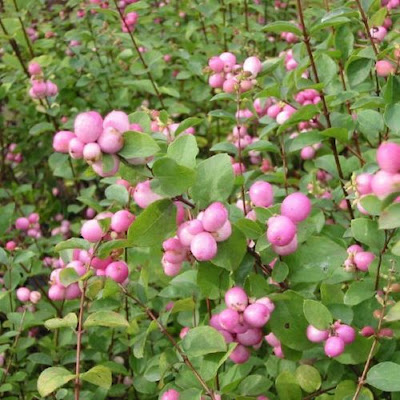The author of the book is Andrea Ghisotti. On February 18, 2010, Andrea Ghisotti, a freelance journalist and professional photographer, diving instructor, consultant and press officer, an employee of the main Italian and European magazines about travel, nature, diving and sailing, went missing :((.
Since 1978, he has published, as an author or co-author, over twenty-two books on the marine environment on research, teaching, biology and wrecks, among other works. The great underwater photographer took great pictures which many of us can admire in trade magazines, which placed him among the elite of Italian photographers.
I'd like to show you some Andrea Ghisotti's pictures that he took in the Mediterranean. These are fish, corals, jellyfish, starfish, etc - some of them look intimidating, while others, on the contrary, look attractive. Some corals are reminiscent of magnificent underwater gardens, where their inhabitants feel at home.
I hope you liked his photos, or perhaps you've also seen such interesting fish or even some of you are engaged in underwater photography?


























